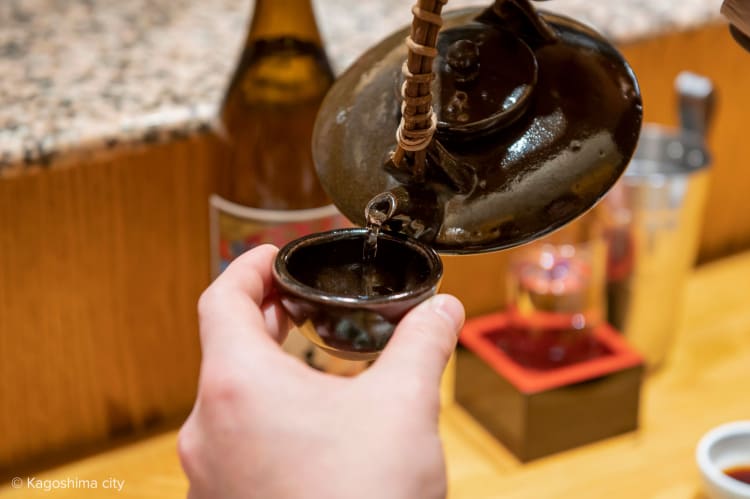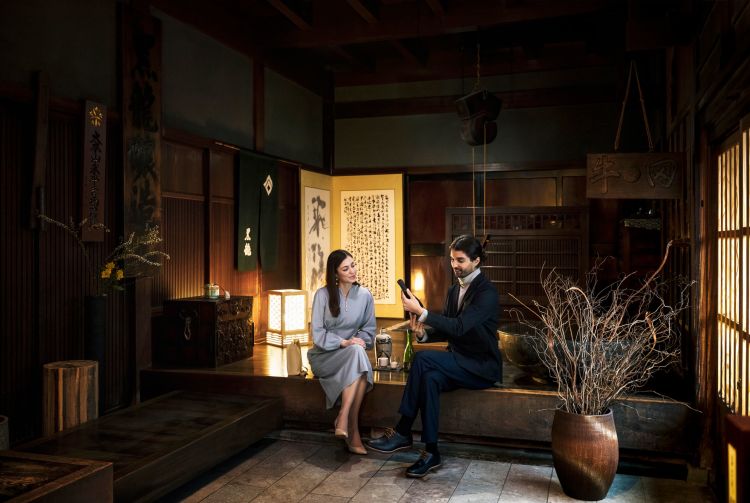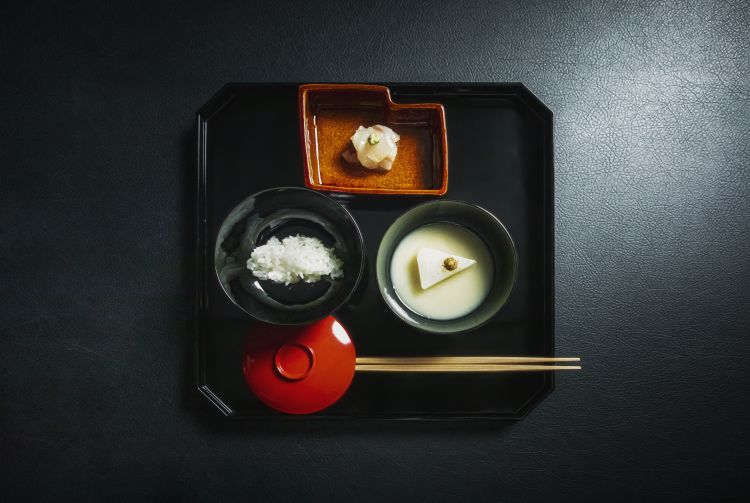Sake, shochu, awamori – understanding Japan’s traditional drinks
December 2024 saw traditional sake making added to UNESCO’s Intangible Cultural Heritage list. Joining other traditions such as kabuki and washoku, the national cuisine, sake production became the 23rd Japanese entry on the list of arts, knowledge, and craftsmanship considered essential to global culture. Specifically, the latest designation recognizes “the traditional knowledge and techniques of making Japanese sake with koji mold,” a practice over 500 years in the making—and one that has contributed indelibly to Japanese culture and cuisine.
Japanese brewing and distilling resembles winemaking in that regionality is a fundamental aspect of it. All of Japan’s 47 prefectures are said to have a sake brewery, and local differences in climate and agricultural traditions impact individual approaches to the art. The knowledge of toji master brewers is essential to the unique qualities of the resulting products and is passed down to kurabito brewery workers over generations.
One thing that remains consistent is the use of koji mold. An essential ingredient of traditional sake production, the use of koji extends to two of Japan’s other favorite tipples, shochu and awamori. Whichever one you favor, all three of these potent potables has its own story and cultural significance.

Sake, or nihonshu, is the national beverage considered most integral to Japanese culture. Enjoyed on occasions from weddings to wakes and everything in between, sake is inextricably tied to traditional festivals, rites of passage, and cuisine. As Haruhiko Okura, head of the Japan Sake and Shochu Makers Association, says, “To learn about national sake is to come into contact with traditional Japanese culture.”
Despite the elegant simplicity of sake’s parts—rice, water, koji, and yeast—differences in regional climates, rice varieties, water sources, and the skills of local toji offer nihonshu connoisseurs more than a lifetime of discovery.
The Nanbu Toji brewers’ association in Iwate Prefecture is one of Japan’s most revered. Capitalizing on the prefecture’s cold climate, high-grade rice varieties, and pristine water sources, Nanbu Toji are known for producing some of Japan’s most sought-after sake.
At the Nanbu Bijin brewery in Ninohe, Junji Matsumori continues the traditions of the late Hajime Yamaguchi, widely considered to be one of the country’s greatest-ever master brewers. Now a legend in his own right, Matsumori has been recognized as a prefectural Contemporary Master Craftsman and achieved numerous awards for his creations. Established in 1902 and currently headed by fifth-generation kuramoto brewery president Kosuke Kuji, Nanbu Bijin prides itself on using locally produced rice and underflow water from Mt. Oritsume, developing a reputation for producing elegant, fruity sake with a clean finish.
Venture south from the main island of Honshu to Kyushu and you’ll likely find yourself enjoying a glass of shochu, the island’s specialty libation. Shochu production on Kyushu goes back to the sixteenth century, with a warm climate and access to local crops like sweet potato, buckwheat, and barley providing the fundamentals for success. Although shochu is distilled after brewing, unlike sake, koji mold remains an essential ingredient in the fermentation process. The introduction of black koji and multi-stage fermentation revolutionized Kyushu’s shochu production in the early twentieth century.
While shochu is often drunk as is, the versatile spirit is also used in all manner of cocktails available from bars to convenience store fridges.
In Kagoshima Prefecture, imojochu, or sweet potato shochu, is the drink of choice and is best appreciated straight, on the rocks, or with a dash of water. One of the “3M” of imojochu, which also includes Murao and Mao, Mori Izo is one of the most coveted and elusive offerings in the prefecture. Produced in 120-year-old clay plots using organic kogane sengan sweet potatoes and water from the distillery's 300-foot well, Mori Izo is distilled at a volume of only 120,000 bottles of annually—most of which can only be acquired via a phone-in lottery system. Those lucky enough to experience Mori Izo note its aromatic scent and soft umami flavor, a rarity for sweet potato shochu varieties.

Traveling even further south to Okinawa, you’d be remiss to go without trying awamori, the prefecture’s signature drink. Indigenous to Okinawa, awamori is as much a result of the island chain’s climate as its location, history, and culture. A trading hub during the Ryukyu Kingdom era, Okinawa benefited from exchange between Southeast Asia, China, and Japan, gaining access to the rice and distillation techniques critical to awamori’s creation during the fifteenth century. Awamori is single distilled, using only native black koji and mainly imported Thai long-grain Indica rice, which together provide the beverage’s decidedly earthy aroma. An integral part of Okinawa’s distinct celebrations, rituals, and daily life, it’s often referred to as “shima-zake (island sake)” or just “shima” locally.
Traditionally, awamori could only be produced in the towns of Sakiyama, Akata, and Torihori—all part of the present-day city of Naha. Preserving Sakiyama’s tradition of awamori production is Zuisen, a long-standing favorite among locals. Established in 1887, Zuisen’s name derives from a famous spring still found near the entrance to Shuri Castle, the renowned purity of which became an inspiration for the distillery’s founder. Zuisen’s offerings now include bottles made using pre-war black koji discovered at Tokyo University, as well as kusu (aged awamori) and distillery tours.

So, what does the future hold for Japanese koji-fermented drinks? Lots, apparently. Faced with an aging population and changes in drinking habits, Japanese brewers and distillers are trialing all sorts of new recipes for both the domestic and international markets. One such experiment is Sugawara Suikyou. Born from a dream to create a koji-based whisky, the drink is the result of carrot- or rice-based shochu aged in sherry, wine, brandy, or whisky barrels, and it’s already attracting significant attention. Not quite shochu or whisky, what it does represent is just one of the ways Japanese craftspeople continue to innovate while respecting tradition. For centuries, sake has been considered a gift from the gods. Now, living on through the skills of contemporary artisans and the UNESCO World Heritage designation, it’s proving to be the gift that keeps on giving.








